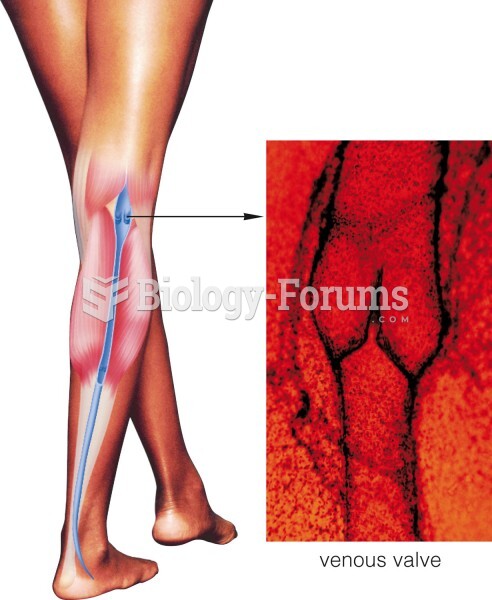Answer to Question 1
Correct Answer: 1
Rationale 1: Taking allergy medication before allergy season begins prevents antihistamines and histamines from competing for receptors.
Rationale 2: Taking allergy medication when symptoms have already begun results in antihistamines competing with histamines for receptors.
Rationale 3: Taking the least amount of allergy medication that relieves symptoms is a good idea, but the body does not become sensitized to allergy medications.
Rationale 4: Taking supplemental nonpharmacologic measures is helpful for decreasing, but not preventing, allergies.
Global Rationale: Antihistamines are most effective when taken prophylactically to prevent allergic symptoms. Their effectiveness in reversing allergic symptoms that have already manifested is limited. This is because antihistamines block the effect of histamine at its receptor sites. They do not prevent the release of histamine from mast cells. Taking supplemental nonpharmacologic measures is helpful for decreasing, but not preventing, allergies.
Answer to Question 2
Correct Answer: 1,2
Rationale 1: This would be an expected goal of pharmacological therapy for cough and cold.
Rationale 2: This would be an expected goal of pharmacological therapy for cough and cold.
Rationale 3: Dry mouth and drowsiness are common side effects of many cold and allergy preparations, so there is no need to report them.
Rationale 4: Increasing fluid intake will result in more liquid mucus.
Rationale 5: Many cough preparations act to loosen mucus, so there is no need to report a productive cough.
Global Rationale: Treatment goals are based on symptomology. Typically, symptoms of cough and cold include congestion, drainage, and inability to easily clear the airway. Dry mouth and drowsiness are common side effects of many cold and allergy preparations, so there is no need to report them. Increasing fluid intake will result in more liquid mucus. Many cough preparations act to loosen mucus, so there is no need to report a productive cough.







